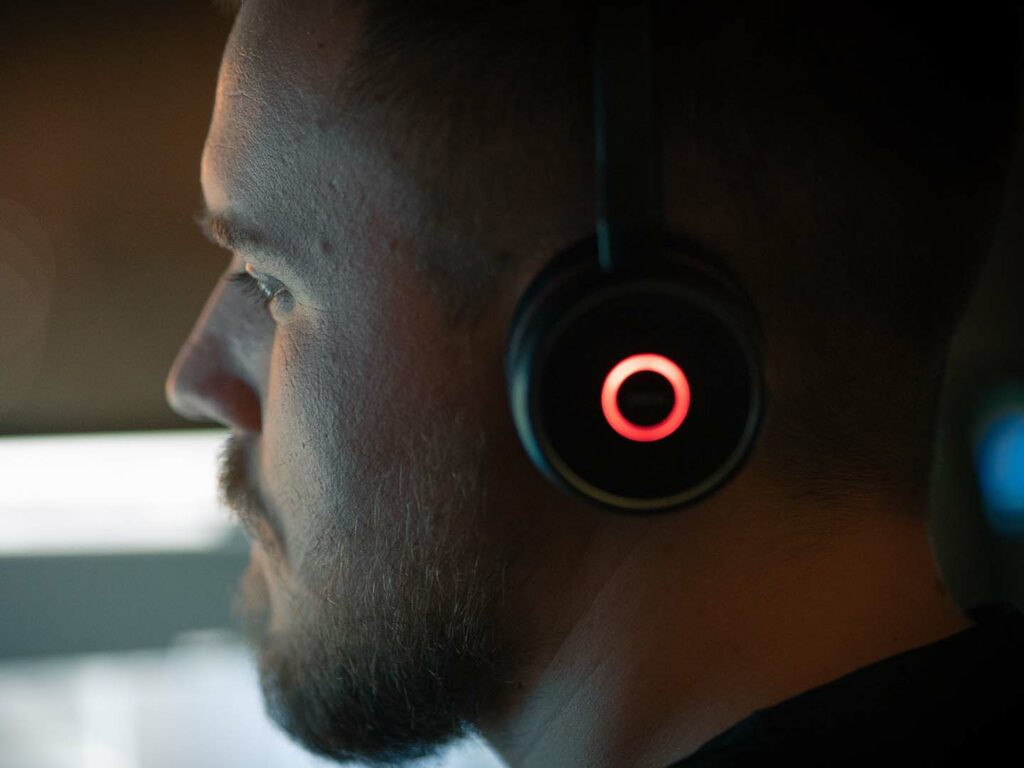21 May 2025
We are now delivering CX with WFH 5.0
Words by Otto van Haaren
Reading time 3 min

Words by Otto van Haaren
Reading time 3 min

Across the world, business journals have been endlessly reporting of the heroic efforts of companies with large numbers of office-based employees managing to switch to a work-from-home strategy. This has particularly impacted the contact centers because they have a large number of people in a small area and this is no longer acceptable because of the social distancing required to keep us all safe.

All the major Business Process Outsourcing (BPO) companies are posting self-congratulatory images and videos on LinkedIn, talking of the ‘heroes without capes’ who made it possible for their team to work from home.
But just stop and think for one moment. If they just shifted thousands of people from the office to home then are they really on top of the security, the logistics, and the change in corporate culture that is required to really deliver a work-from-home solution? Do they really trust their team to deliver from home when they are used to walking around and supervising people in person?
At 5CA, working from home is business as usual. We haven’t had to change strategy at all because we have been doing this for almost two decades. In fact, our main activity at present is hiring and onboarding because so many companies are asking for a work from home customer care solution from a partner that has more than a few weeks of experience.
If I were to summarise our work from home journey then I’d break it down into five stages:

Our WFH 5.0 approach has been in place for over 5 years now, but if you look back at our history, we have two decades of learning how to make a work from home solution work well – from the security to the technology to the culture and management of remote agents.
This coronavirus pandemic is causing a panic in the customer service industry because so many companies are rushing to get their teams working from home, but it’s not easy. Many of those companies will now be making the same mistakes we made a decade ago. But we learned and improved, they haven’t had that experience yet. WFH 5.0, not work from home for the past 5 weeks.
Photo by Ron Reiring licensed under Creative Commons.